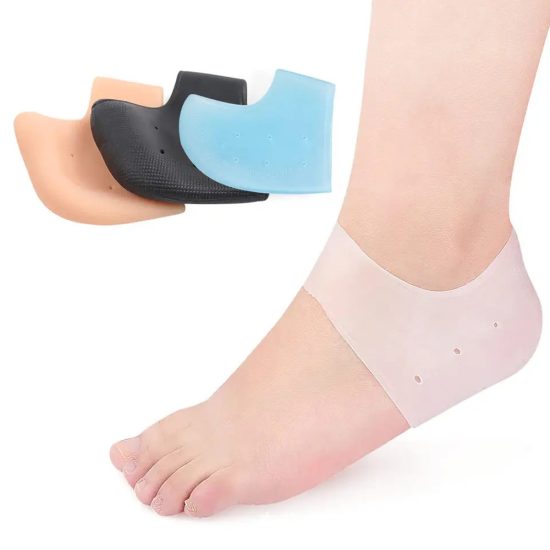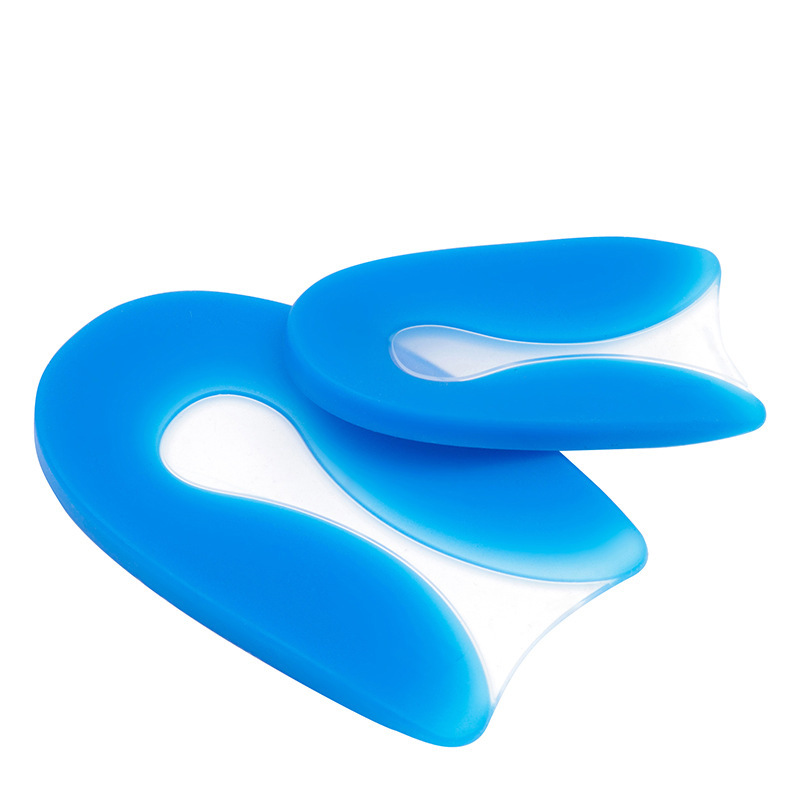Insoles can help improve toe alignment by providing extra support and cushioning for the feet. By reducing the amount of pressure and friction that the toes are exposed to, insoles can help prevent or alleviate toe deformities and related pain.
For example, insoles with extra arch support can help prevent overpronation, which is when the foot rolls inward too much and puts extra strain on the toes. By promoting better alignment, these insoles can help reduce the risk of toe deformities and related pain.
Insoles can also help correct existing toe deformities by providing extra padding and support in the affected areas. For example, insoles with extra padding around the ball of the foot can help alleviate pressure on the toes and reduce the risk of developing or exacerbating a bunion.
It’s important to choose the right type of insole for your specific needs when it comes to toe alignment. Insoles that are too thick or bulky may actually increase the risk of toe deformities, as they can interfere with the fit of the shoe and put extra pressure on the toes.
Overall, the relationship between shoe insoles and toe alignment can be significant, and choosing the right insoles can help prevent or alleviate toe deformities and related pain. Consult with a podiatrist or foot specialist to determine the best type of insole for your specific needs.



